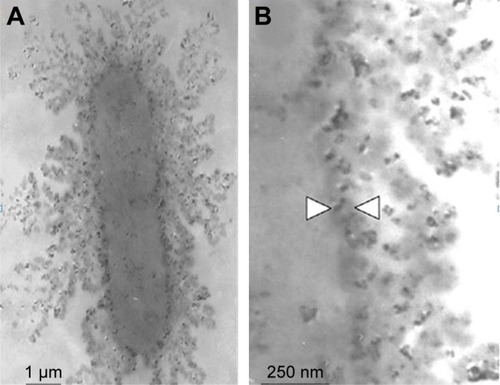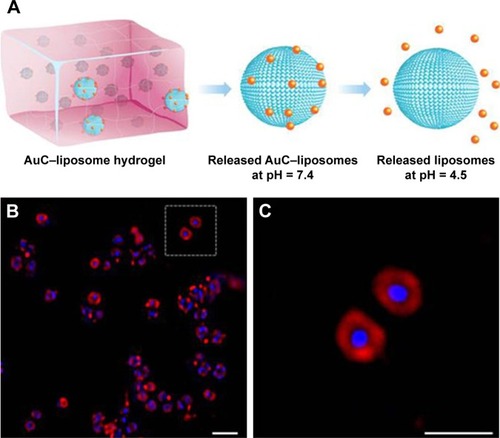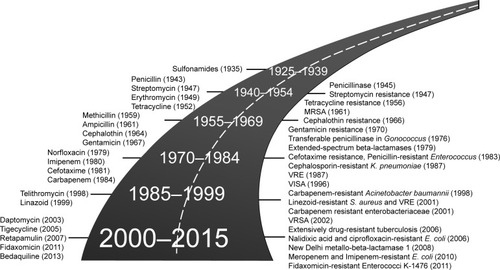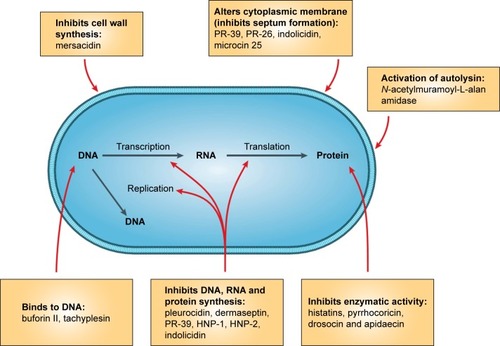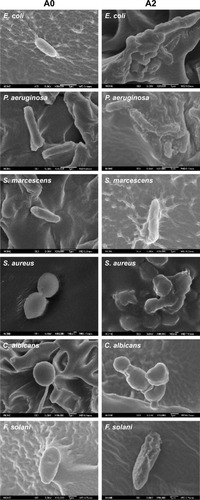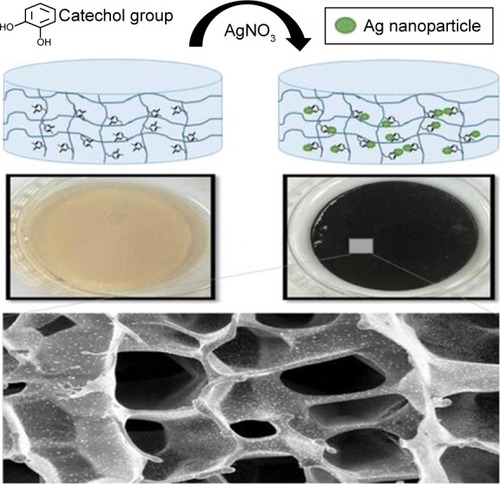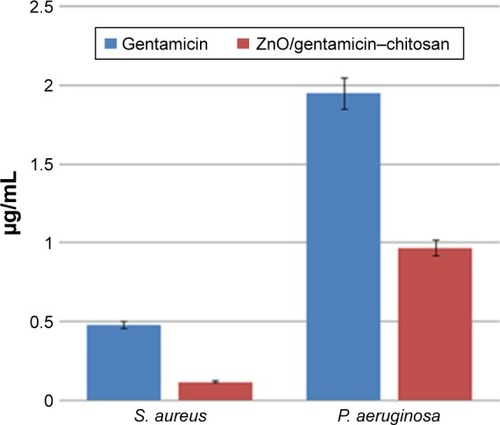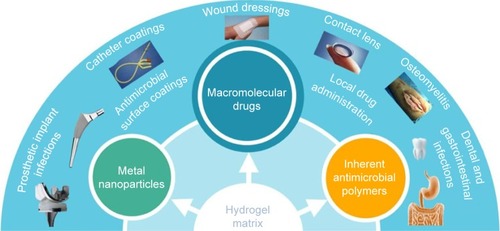Figures & data
Table 1 Information of hydrogels with Ag NPs
Table 2 Information of hydrogels with other metal nanoparticles
Table 3 Antimicrobial mechanism of nanoparticles
Table 4 Information of hydrogels with antibiotic agents
Table 5 Information of hydrogels with inherent antibacterial activity
